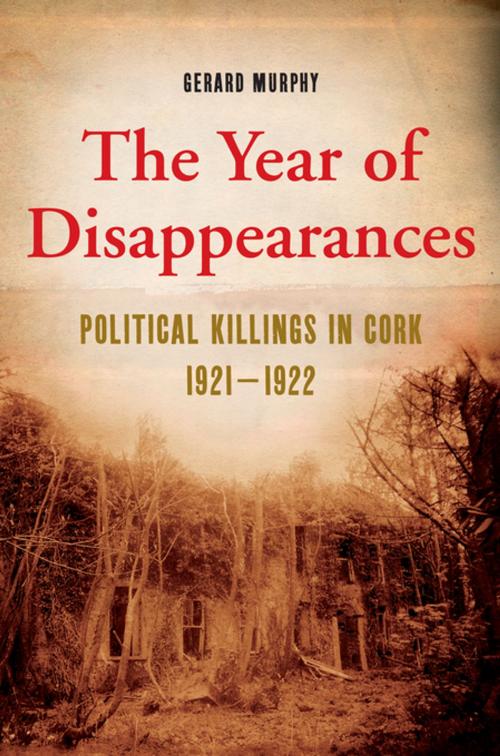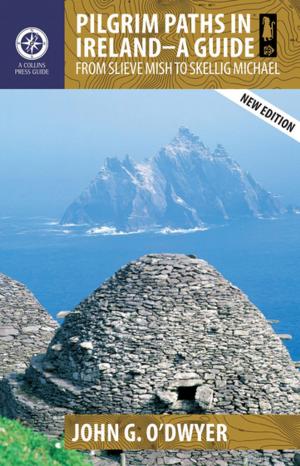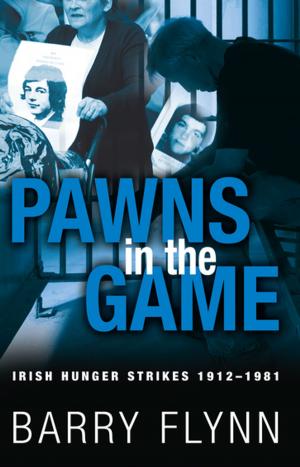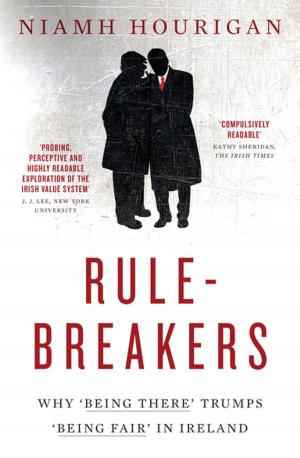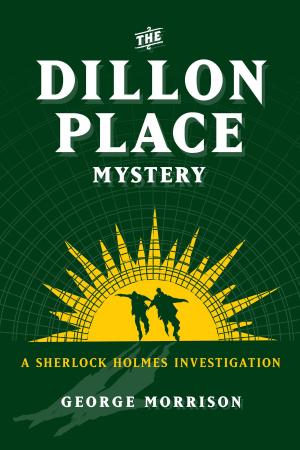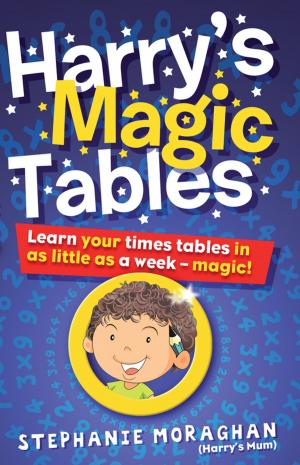The Year of Disappearances
Political Killings in Cork 1921-1922
Nonfiction, History, Ireland, Western Europe| Author: | Gerard Murphy | ISBN: | 9780717151653 |
| Publisher: | Gill Books | Publication: | October 29, 2010 |
| Imprint: | Gill Books | Language: | English |
| Author: | Gerard Murphy |
| ISBN: | 9780717151653 |
| Publisher: | Gill Books |
| Publication: | October 29, 2010 |
| Imprint: | Gill Books |
| Language: | English |
‘Every spy who was shot in Cork was buried so that nothing was known about them. They just disappeared.’ These are the words of an IRA commander recalling the War of Independence in Cork city.
The Year of Disappearances examines this claim and others like it.
It uncovers a web of suspicion and paranoia that led to scores of men and boys being abducted from their homes before being executed as ‘enemies of the Republic’ and their bodies buried.
While some of this took place during the War of Independence, most of it happened the following year, during the so-called ‘Cork Republic’. The net result was to change the demographic of the south-eastern corner of the city for ever, with hundreds of families fleeing and up to fifty individuals buried in unmarked graves in surrounding areas.
Using a wide range of previously untapped sources, Murphy shines new light on one of the darker episodes of twentieth-century Irish history.
‘Every spy who was shot in Cork was buried so that nothing was known about them. They just disappeared.’ These are the words of an IRA commander recalling the War of Independence in Cork city.
The Year of Disappearances examines this claim and others like it.
It uncovers a web of suspicion and paranoia that led to scores of men and boys being abducted from their homes before being executed as ‘enemies of the Republic’ and their bodies buried.
While some of this took place during the War of Independence, most of it happened the following year, during the so-called ‘Cork Republic’. The net result was to change the demographic of the south-eastern corner of the city for ever, with hundreds of families fleeing and up to fifty individuals buried in unmarked graves in surrounding areas.
Using a wide range of previously untapped sources, Murphy shines new light on one of the darker episodes of twentieth-century Irish history.
